Richard K. Goldstein and Rabbi David Geffen Haggadah Collections
Haggadah or "telling" fulfills the commandment that each Jewish family teach their children the story about the Jewish deliverance from slavery in Egypt, an event which has become the paradigmatic symbol of liberation from oppression.
Since the telling of this story is the central part of the Seder or Passover celebration, there is an abundance of Haggadah texts that contain the narrative as well as the prayers, rituals and songs that accompany it. Although the structural arrangement of these books is generally the same throughout history and across different cultures, there is a beautiful diversity in the way this information is presented. A Haggadah (pl. Haggadot) may be as ornate as the famous Sarajevo Haggadah (facsimile) or it may be as simple and practical as the Maxwell House Haggadah, which the coffee company has been issuing annually since 1922.
In 2008, the Pitts Theology Library received two Haggadah collections from Richard K. Goldstein and from Rabbi David Geffen. With over 600 titles, the two collections combine to form one of the largest collection of Haggadot in the South.
A small sample of the material contained in the two Haggadah Collection:
|
Regelson/Forst Haggadah This Haggadah published in New York by the Shulsinger Brothers was translated by the Hebrew poet, author and translator. The illustrations by Siegmund Forst are well known and have influenced many 20th century Haggadot. |
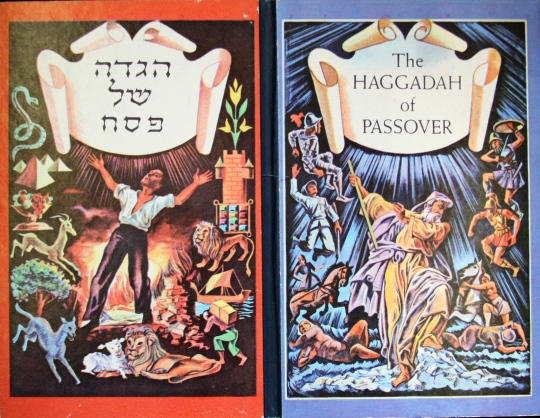 |
|
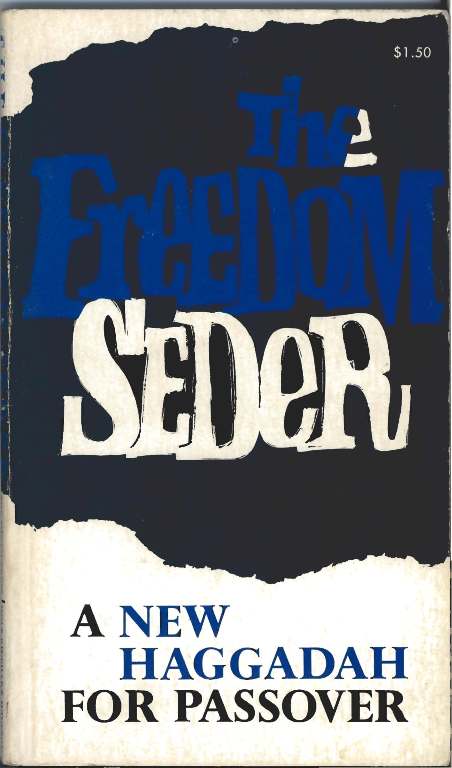 |
Freedom Seder An American Haggadah inspired by the civil rights movement of the late 1960s. A copy of this Haggadah "was used in a Freedom Seder held on the third night of Passover, April 4, 1969, the first anniversary of the death of Martin Luther King, in the basement of a Black church in Washington DC. About 800 people took part, half of them Jews, the rest Black and white Christians. The Freedom Seder was welcomed by tens of thousands of Jews, and soon became the model and stimulus for many Haggadot that made the Passover Seder an affirmation of the liberation of its celebrants — feminist Haggadot, environmentalist Haggadot, antiwar Haggadot, vegetarian Haggadot, pro-labor Haggadot." (Rabbi Arthur Waskow, 2005) |
|
|
Pre-Independence Israeli Haggadah Passover began on April 23 in 1948, three weeks before Israel declared independence (May 14, 1948). This Haggadah was prepared specifically for use by military units. |
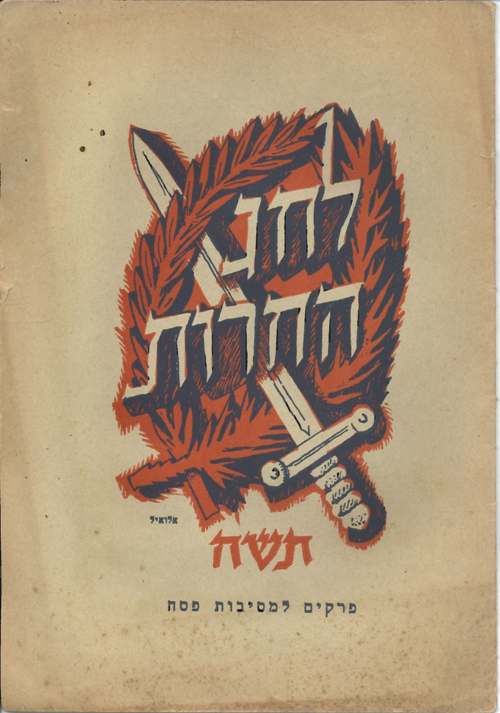 |
|
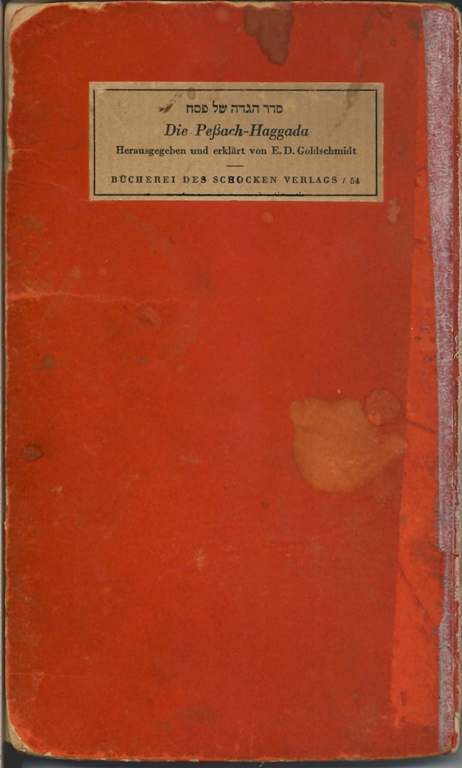 |
German Haggadah A rare Hebrew and German Haggadah, printed in Berlin in 1936, three years after Adolf Hitler assumed power. |
|
|
San Diego Women's Haggadah A first edition of a highly influential feminist Haggadah. The liberation of the Jewish people from slavery in Egypt is directly linked to the liberation of women as the editors suggest that the seventh night of Passover is the time "when we could rest and recline as free women." The traditional four questions are directed at four foremothers, including the biblical judge Deborah ("Mother, why is this night different from all other nights?", Beruriah, a scholar from the rabbinic period, Glückel of Hameln, a medieval businesswoman, and Hannah Senesh, a martyr to Zionism during the Holocaust. |
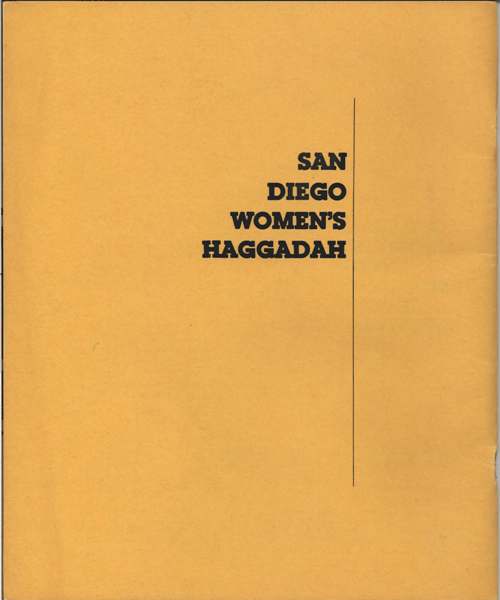  |
|
Video Related to the Haggadot Collection
Watch Rabbi David Geffen recount the celebration of the Passover seder at Fort Sill in Oklahoma in 1966.
Watch Rabbi David Geffen recount the celebration of the Passover seder with his family in Atlanta in 1946.
